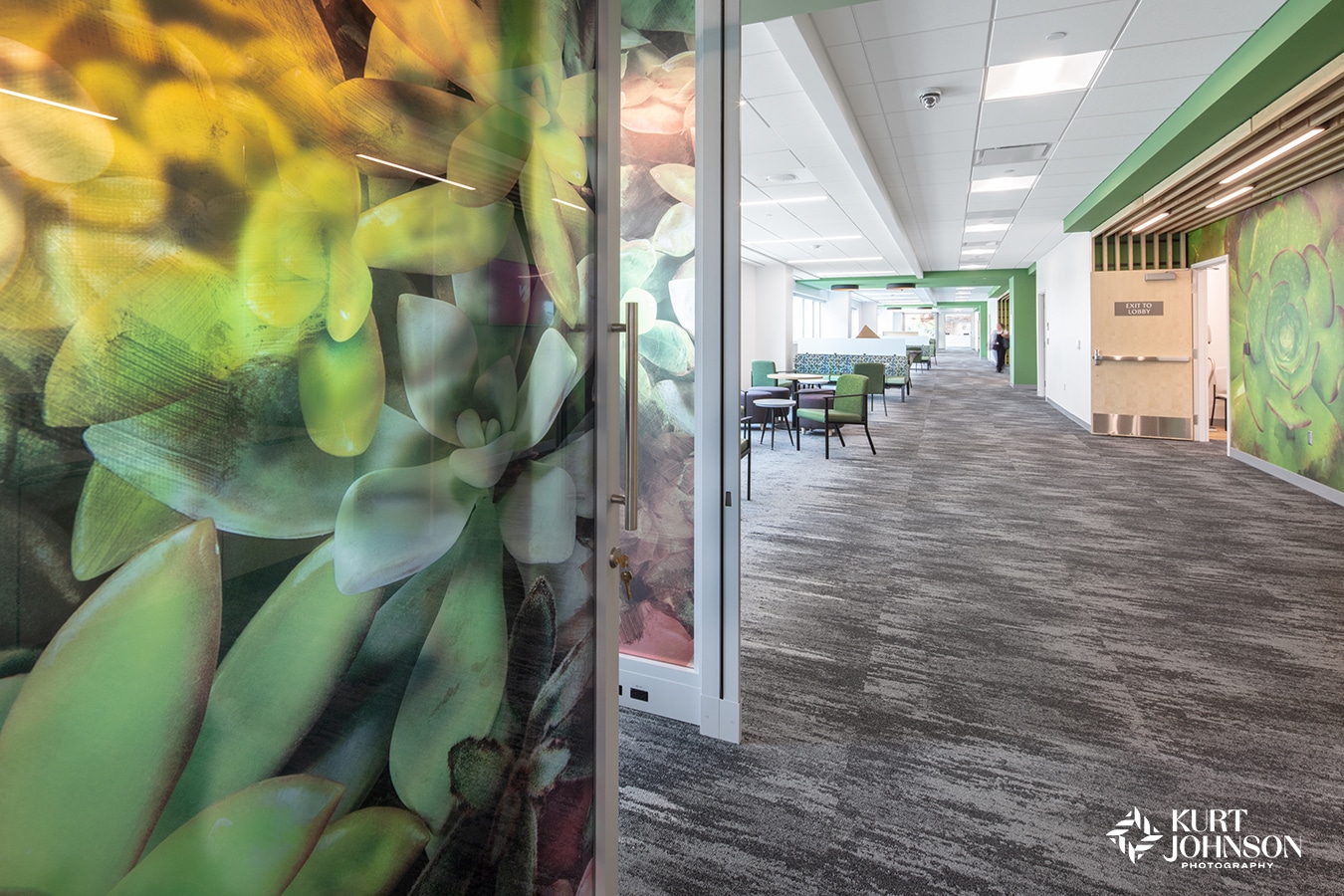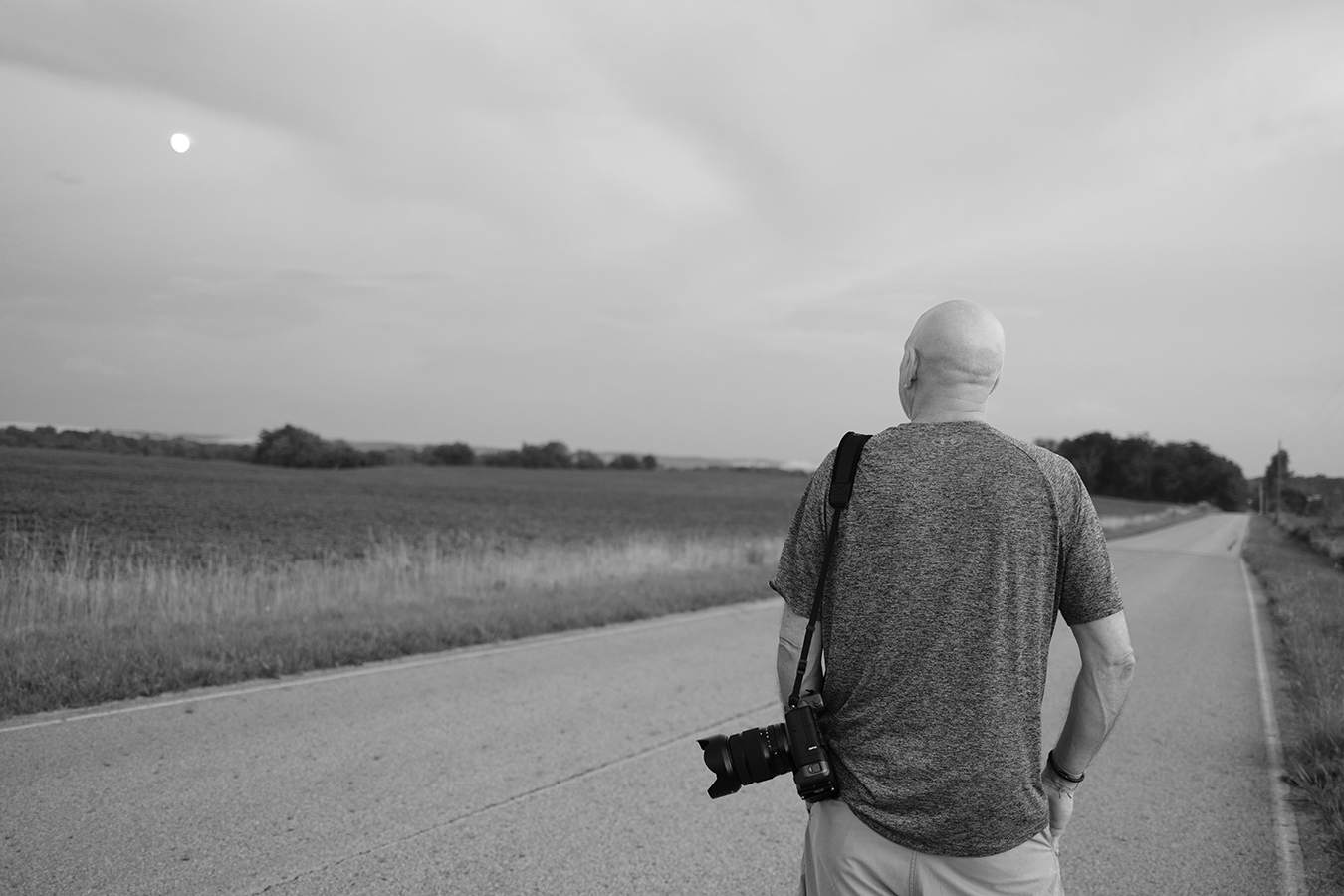5 Things Hospitals Get Wrong When It Comes to Healthcare Art

We’ve been working in the healthcare design industry for 20 years, and even though healthcare facilities have the best intentions when it comes to putting artwork on their walls sometimes hospitals get it wrong.
There are so many things that come into play when designing or remodeling a healthcare facility, and art is often at the bottom of the list.
And we get it. Healthcare environments deal with life and death on a daily basis. Things like infection control and patient and staff safety should be at the top of the list. But after examining the research and seeing the effects of including nature art in healthcare design over the past two decades, we think the positive effects of nature art on patients and staff are still greatly underrated.

Incorporating nature art in healthcare settings has numerous benefits for patients and the entire care team. Things like reduced stress, faster recovery, improved mood, and the need for fewer pain medications.
There’s no limit to studies showing the importance of nature when it comes to healing. Sometimes looking at what doesn’t work can help you discover the power of the things that do.
Here are the top 5 things hospitals get wrong when it comes to healthcare art and how you can ensure your facility is making the most informed choices so you, your patients, and your staff get the best outcomes:

1. Lack of Research-Based Art
Some hospitals choose art based on current trends or aesthetic preferences rather than evidence-based biophilic research. Research shows that certain types of art, such as soothing nature scenes featuring waterscapes, verdant greenery, and local touchstones can reduce the stress of patients and staff while improving outcomes.
Artwork chosen without an understanding of biophilic design, and the specific features that illicit positive responses, is a disservice to the community your hospital serves.
It’s essential to work with a team well-researched in biophilic design with experience in the healthcare industry so you can get the best results. Results that lead to the most healing while also instilling confidence and the success of your healthcare system.

2. Abstract Art
Installing abstract art is one of the top things hospitals get wrong when it comes to healthcare art.
Research shows abstract art is confusing and unsettling to patients, particularly those with cognitive impairments. Art that is too complex can worsen stress and anxiety, leading to negative outcomes. When patients are surrounded by ambiguous scenes, they feel disconnected from their experiences which elevates stress.
Abstract art goes against our innate need as humans to find calm in the natural world. Research indicates nature scenes are strongly embedded in our DNA as humans, stemming from our need to seek safety in nature to survive. And while searching for food and hiding from predators isn’t part of modern-day society, our brain still remembers the makeup of those places that kept us safe. And it still seeks the comfort they evoke.
Because of our innate ties to the natural world, research has shown our brain recognizes nature’s fractal patterns without us even knowing, soothing the part of the brain that shows signs of anxiety during stressful situations, like those we feel when dealing with health concerns.
Nature art evokes positive emotions, reduces stress, and provides a sense of familiarity and tranquility, which are essential for healing.

3. Poor Integration
Art should complement the overall design of hospitals and healthcare environments. But unfortunately, it’s commonly an afterthought and another thing hospitals get wrong when it comes to healthcare art.
Poor, disjointed integration is the opposite of a calming environment dedicated to healing.
That’s why it’s important for artwork to be considered from the beginning of a new facility being constructed or the initial stages of a remodel. Art needs to be intentional so it can be strategically placed for easy viewing by patients, such as in waiting areas, corridors, and patient rooms. Poor placement can lead to minimal impact.
Art should accentuate and tie into all other aspects of the hospital so it feels natural and organic to the space. Only then can it become part of the healing process.
We like to say our art has a job to do, and the most effective nature art is part of your care team, so the healing can begin from the moment a patient walks through the door. This kind of impact can only be achieved through thoughtful placement, integration, and design.

4. Lack of Patient and Staff Involvement
Hospitals often make decisions about art without consulting patients, staff, or local communities. Without this crucial feedback, it’s hard to know what type of artwork would be best for your facility. Involving these groups ensures the art chosen is meaningful and beneficial. Failing to act on feedback from patients and staff is a missed opportunity, leading to less engagement with the art and among patients and the care team.
Engagement between patients and staff plays an important role in improving positive outcomes, and it’s important to value all the voices that make up the care team of your healthcare environment.
Incorporating nature images of the local area adds a sense of comfort and familiarity to patients, which is why we spend a lot of time shooting nature images for specific healthcare environments throughout the US.
When patients feel stressed or confused, seeing landscapes, flowers, and wildlife from the surrounding area evokes an immediate sense of comfort, putting them at ease. Being able to invoke that type of calm in a patient before they even engage with the staff is a powerful thing. That’s when the art truly becomes part of the care team.

5. Insufficient Funding
Lack of funding is one of the primary ways hospitals get it wrong when it comes to considering healthcare art for new construction and the remodeling of facilities.
Art budgets are typically underfunded and often don’t receive the attention they deserve because many hospitals aren’t familiar with the supporting research that shows the many benefits of nature art on the entire care team.
Viewing art as a low priority can result in minimal investment and poor-quality installations, which don’t provide the intended and much-needed benefits nature provides. By setting aside a realistic budget for artwork, hospitals can more effectively use art to create healing environments that enhance patient care and support staff in meaningful ways that contribute to the overall success of your facility.

The reason Kurt Johnson Photography exists is because hospitals and healthcare facilities have enough on their plate. By understanding the research and the types of nature images that provide the most benefits to your facility, as well as handling things like art placement, substrate options, shooting custom nature art and local imagery, we can support you in doing what you do best – providing essential healthcare to your community.
By working with a team who understands these issues and will take the time to explore your specific community’s needs, we can help you use art to create healing environments that enhance patient care and well-being. So art becomes part of your care team from day one.
Categories: Healing, Healthcare, Research


